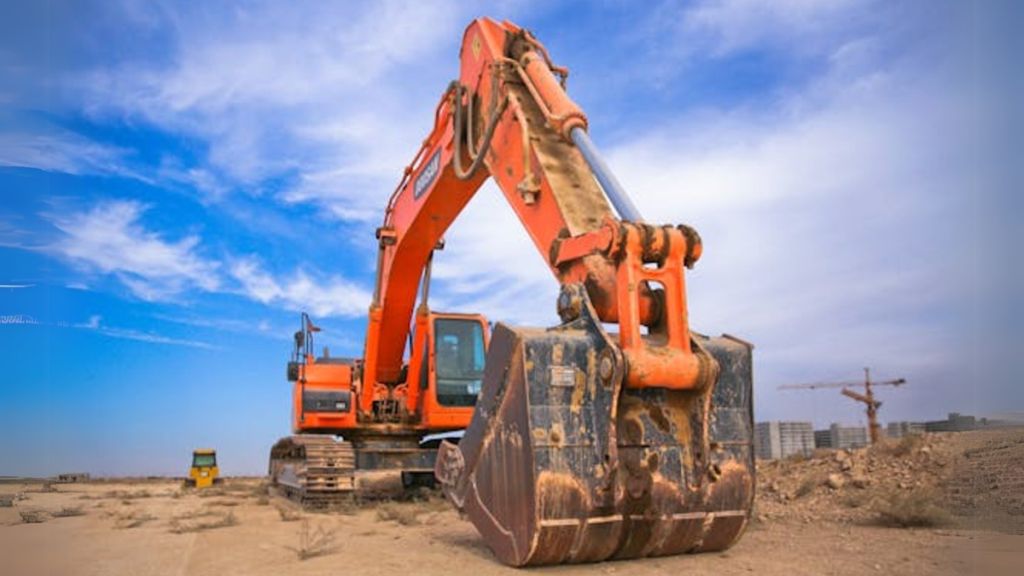Many aspects contribute to planning the construction of a new home. This is especially true if you’re building on land that has never had any previous construction. Before any build can commence, you must hire a geotechnical engineer to conduct the necessary soil tests.
Essentially, the soil testing Melbourne locals are required to have done involves establishing it the soil is strong enough to safely hold the foundation of your new home. The results of the soil test will help your engineering team decide on the types of building techniques to use to create the safest building.
Soil Conditions Matter
Understanding the type of soil on your building site will help geotechnical engineers design a foundation that is strong enough to properly support your home. This is because the foundation should be able to transfer the overall weight of the structure and other forces to the ground.
This means that if the soil is loose, prone to shift or uneven, it more than likely won’t provide the best support. In addition to this, reactive soils may cause further challenges because they swell and contract with moisture changes. Here are a few factors that you need to know.
1. Know how Soil is Classified
You may think that you have an idea about the types of soil that exist on your property. However, the official breakdown goes a lot further than simply knowing if you have clay, loam, or sand.
Local Australian definitions and standards classify soil types into several categories, as listed below:
- S Classification: The “S” refers to “slightly” reactive soil or clay sites that may experience little to no ground movement from various moisture changes.
- : This refers to “moderately” or mildly reactive silt or clay soil types that can experience moderate ground movement from typical moisture additions.
- H1 Classification: Typically, H1 refers to “highly reactive” or severe clay sites that may experience significant and visible ground movement as a result of moisture change.
- H2 Classification: This classification usually refers to a reaction that’s more intense than an H1 classification. In this instance, more intense ground movement occurs when moisture is detected.
- CLE Classification: The most vastly reactive sites are classed as CLE and refer to more intense soil movement caused by little to extreme moisture.
- P Classification: Soils that have been deemed problematic due to insufficient load strength or unstable ground movement are labelled under the “P” classification. These sites are typically composed of loose sand, silt, or soft clay. They are also indicative of landslide areas, high soil erosion areas, and mine subsidence areas.
2. Understanding How Soil Conditions are Tested
There are various soil tests that your geotechnical engineering team will use to analyse soil. Typically known as “soil classification”, the type of test used depends on the surface conditions of the soil.
Typical tests done in Australia include the following:
- Cone Penetration Test (CPT): This method is one of the more commonly used tests and determines how strong or weak the soil is. This will help to estimate foundation settlement.
- Standard Penetration Test (SPT): As another widely used test, this one establishes the relative consistency and density of the soil.
- Plate Load Test: This test primarily measures the soil’s general bearing capacity, which refers to how well the soil will bear weight. This is an essential test as it helps engineers decide on the building techniques to construct the foundation.
3. Soil Structure Affects Foundation
The soil analysis and subsequent classification establish how deep and wide the foundation should be to provide adequate support. In addition to this, the condition and characteristics of the soil will also guide the team on the materials to use. This is especially relevant when steel reinforcing is needed.
Sites with difficult or weak soil conditions often make use of screw piles. These generally replace the more conventional concrete piers previously used. Screw piles work by providing additional support which they do by shifting loads to the more stable sections of the foundation.
4. Know the Potential Financial Impact
When you’re budgeting for your build, it’s essential to know that the outcome of your soil conditions will affect the initial costing. This is because building techniques and materials used will affect the overall cost.
A typical example of this is when the soil test shows that your property is made up of reactive soil. This will mean that more support should be created and the most effective way to do this would be to add screw piles. The amount needed will depend on another factor, such as the size and complexity of the intended build.
Final Thoughts
Having soil tests done on your new build isn’t just about going through the motions to get your building permit. Instead, view your soil test as the most genuine guideline to building the safest foundation for your new structure, no matter how big or small it is. Be sure to discuss your soil report with your engineer to get a better idea of how soil conditions may be impacting your prospective build.
Laila Azzahra is a professional writer and blogger that loves to write about technology, business, entertainment, science, and health.
